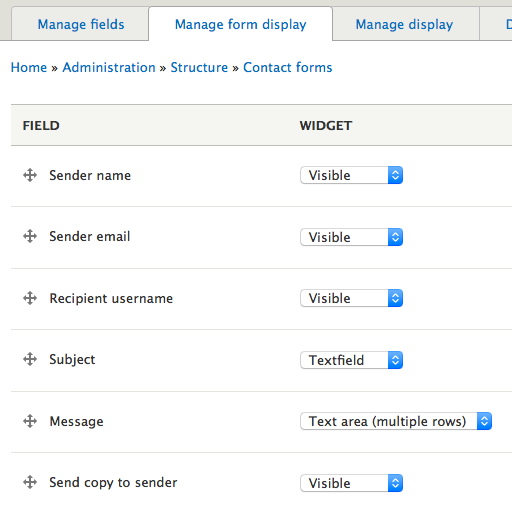You've undoubtedly heard about some of the major new features in Drupal 8.
You've heard that Views is in core, that there is a new WYSIWYG editor, and that the codebase has been redesigned with Symfony.
At OSTraining we've written posts about many of these headline features, including one we posted here at Acquia called, 10 New Features in Drupal 8 Core.
Well, Drupal 8 has much more to offer. I'm going to show you three really useful new features in Drupal 8 that most people aren't talking about.
Secret Feature #1. The new Admin menu
At first, you'll notice that the Drupal 8 Admin menu looks very similar to Drupal 7.
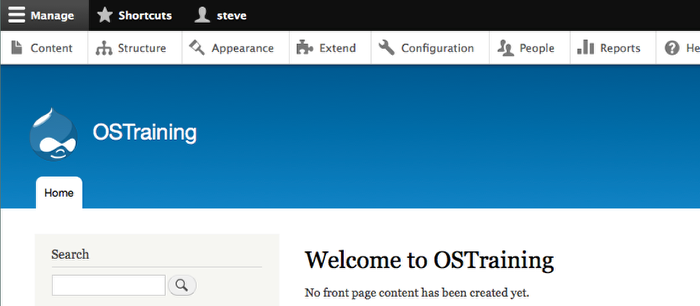
However, the Admin menu is much more flexible in Drupal 8. For example, there's an arrow in the top-right corner. Click this arrow and watch how the menu changes.
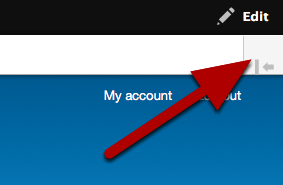
If you click the arrow above, the menu moves to the left. This is the same view that's enabled Drupal 8's Admin to be used on mobile phones.
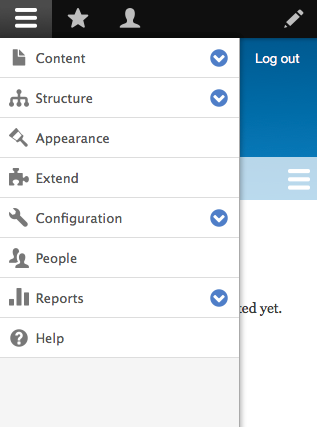
Also in the top-right corner is an "Edit" link. Click this link and the whole screen will become editable.
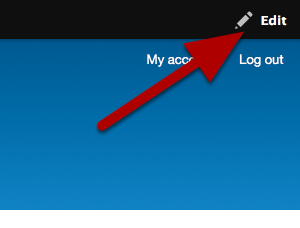
After clicking the "Edit" link in the menu, you'll see small pencil icons next to all the page elements.

You'll be able to edit any element on the page, directly from the front of the site.
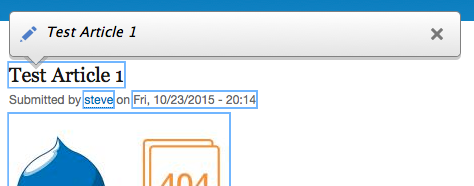
Secret Feature #2. Comments are completely different.
Comments were a fairly basic feature in Drupal 7.
No longer. In Drupal 8, comments have their own area. You can see a list of all "Published comments" and another list of all "Unapproved comments." You can perform bulk actions on the comments from here.
You can also create different types of comments in Drupal 8. For example, you can have one type of comments on public-facing blog posts and another type of comments for private feedback from admins.

When you add new comment types, you'll see that comments can now be applied to much more than just content. You can add comments to blocks, contact messages, content, taxonomy terms, users -- even to comments!
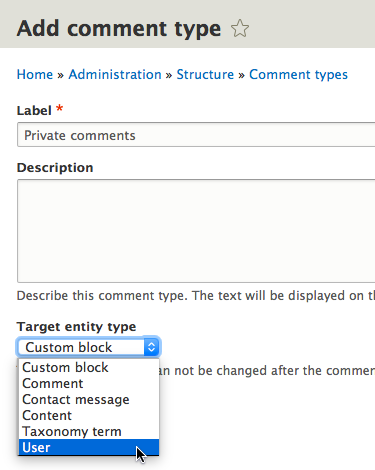
Each comment can have its own set of fields.
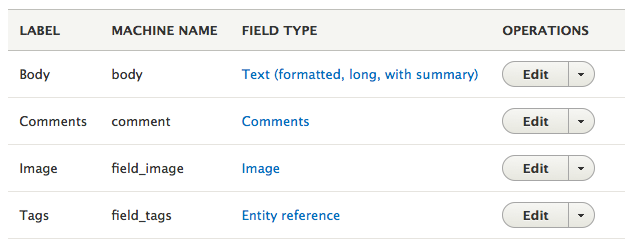
Secret Feature #3. Forms are in core.
In Drupal 7, if you wanted to create forms, you had to use a module such as Webform or Entityform. Now in Drupal 8, forms are in core.
By default, Drupal 8 provides two contact forms: "Personal contact form" and "Website feedback."
"Personal contact form" is the form that's added to each user's profile. "Website feedback" is a generic website contact form.

Drupal 8 forms can have normal fields, but they also have custom elements: such as "Sender email,""Recipient username," and "Send copy to sender." The one feature missing is the ability to store entries that are sent, but I suspect a module will soon be created to meet that need.
